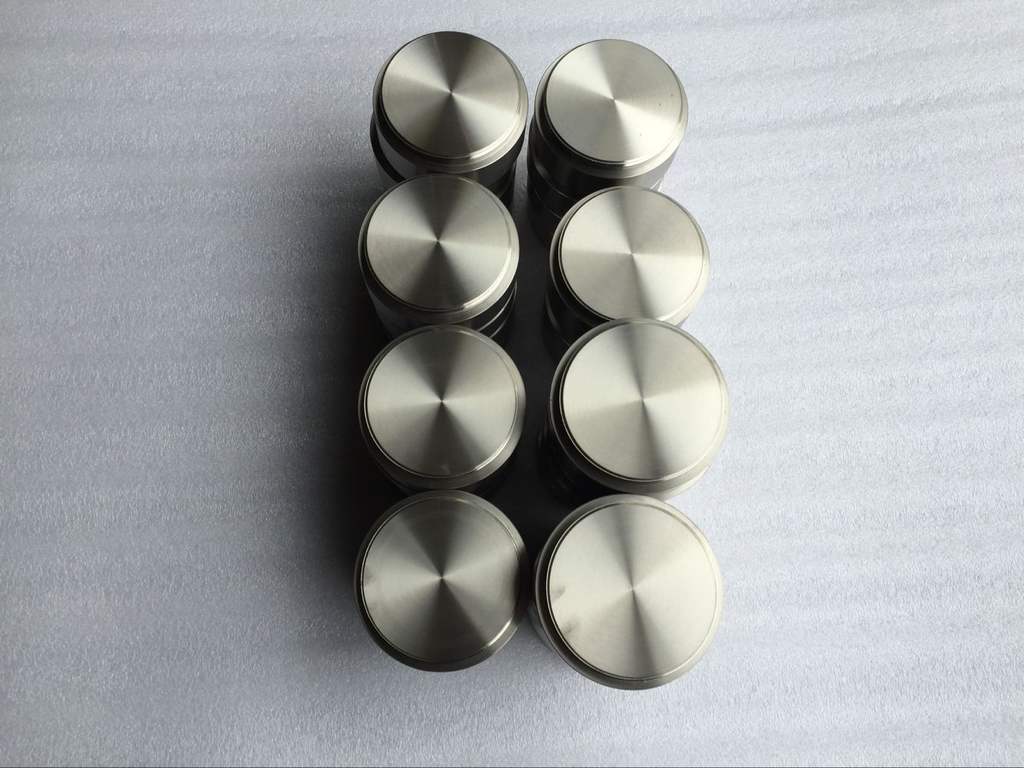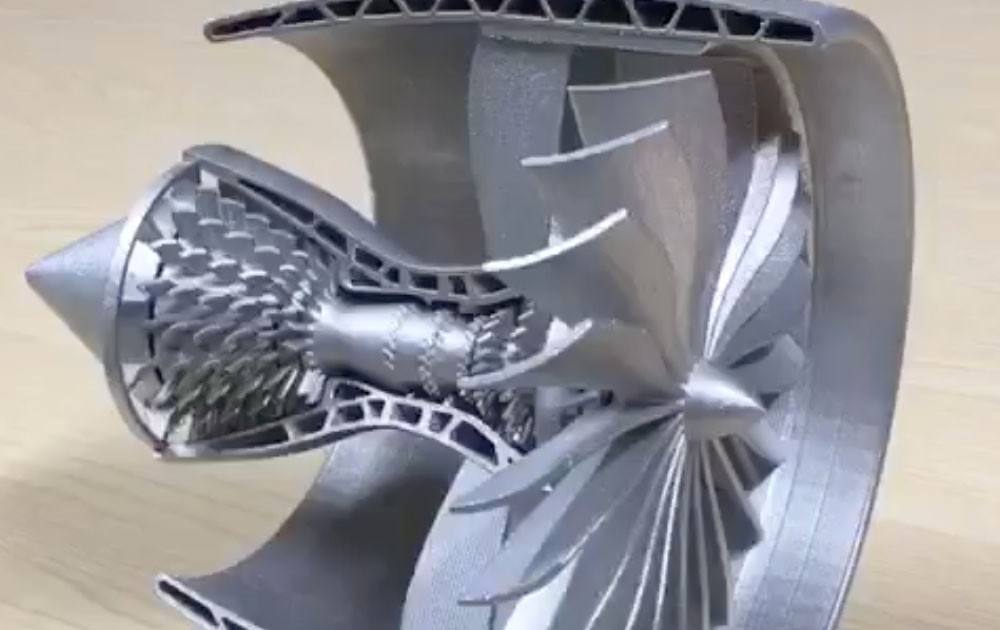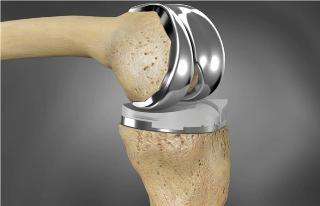
Non-ferrous metal alloys are widely used in automobiles, building materials, home appliances, electric power, 3C, machinery manufacturing and other industries. In recent years, the automobile, building materials, home appliances, electric power, 3C, machinery manufacturing and other industries have shown rapid development, while the development of non-ferrous metal alloy manufacturing industry relies on the pull of downstream industries. With the development of downstream industries, the non-ferrous metal alloy manufacturing industry has also been Rapid development
Copper alloys: Common copper alloys are brass, bronze and white copper.
Aluminum alloy: According to the composition of aluminum alloy and the characteristics of production process, it is usually divided into two major categories: deformation and cast aluminum alloy. Industrial applications are mainly aluminum-manganese, aluminum-magnesium, aluminum-magnesium-copper, aluminum-magnesium-silicon-copper, aluminum-zinc-magnesium-copper alloys. The deformed aluminum alloy is also called cooked aluminum alloy. According to its composition and performance characteristics, it is divided into five kinds of rust-proof aluminum, hard aluminum, super-hard aluminum, wrought aluminum and special aluminum.
Lead-based alloy: The lead-based bearing alloy is a lead-bismuth-tin-copper alloy, which has moderate hardness, good running-in property, slightly larger friction coefficient, and low toughness. Back to this, it is suitable for casting bushes that are less subject to shock, lighter loads or slower speeds.
Nickel alloy: Nickel can be combined with copper, iron, manganese, chromium, silicon and magnesium to form a variety of alloys. Nickel-copper alloy is a famous Monel alloy. It has high strength and good plasticity. It has stable chemical properties in the atmosphere below 750 °C. It is widely used in electrical industry, vacuum tube, chemical industry, medical equipment and marine shipbuilding industry.
Zinc alloy: The main added elements of zinc alloy are aluminum, copper and magnesium. According to the processing technology, zinc alloy can be divided into two types: deformation and cast zinc alloy. Cast zinc alloy has good fluidity and corrosion resistance, and is suitable for die-casting instruments, automotive parts and the like.
Magnesium alloy: The alloying elements in the magnesium alloy are mainly aluminum, zinc and manganese, and sometimes a small amount of zirconium, hafnium, tantalum and the like are added. Magnesium alloys can be divided into two major categories, deformation and cast magnesium alloy, depending on the production process. Magnesium alloy is an important lightweight structural material widely used in aviation and aerospace industries.
Titanium alloy: Titanium alloy can be divided into three types according to the structure (aluminum and tin are added to titanium; alloying elements such as aluminum, chromium, molybdenum and vanadium are added to titanium; elements such as aluminum and vanadium are added to titanium.) Titanium alloy has high strength and low density. Good mechanical properties, good toughness and corrosion resistance. In addition: the process performance of titanium alloy is poor, and the cutting process is difficult. In thermal processing, it is very easy to absorb impurities such as hydrogen, nitrogen, nitrogen and carbon. There is also poor wear resistance and complicated production processes.
Tin-based alloy: The tin-based bearing alloy is a tin-bismuth copper alloy. It has a small coefficient of friction, moderate hardness, good toughness, good running-in, corrosion resistance and thermal conductivity, and is mainly used for bearing bushes working under high speed and heavy load conditions.





